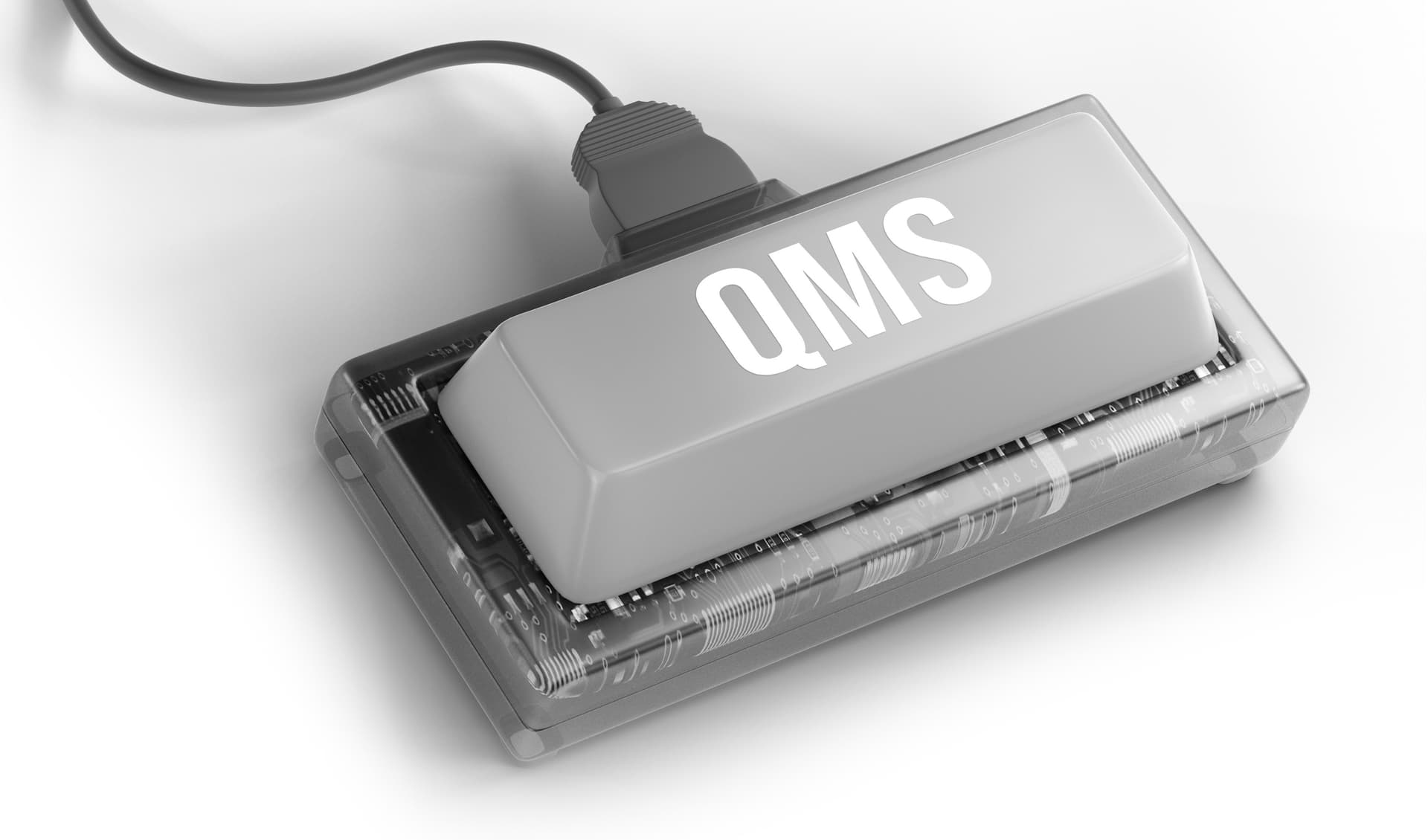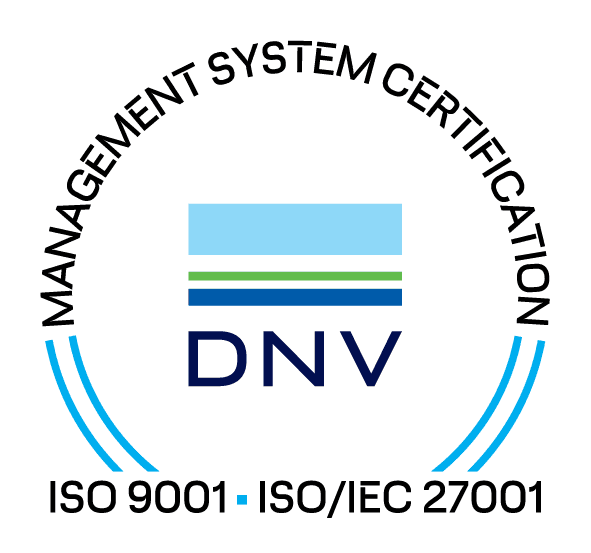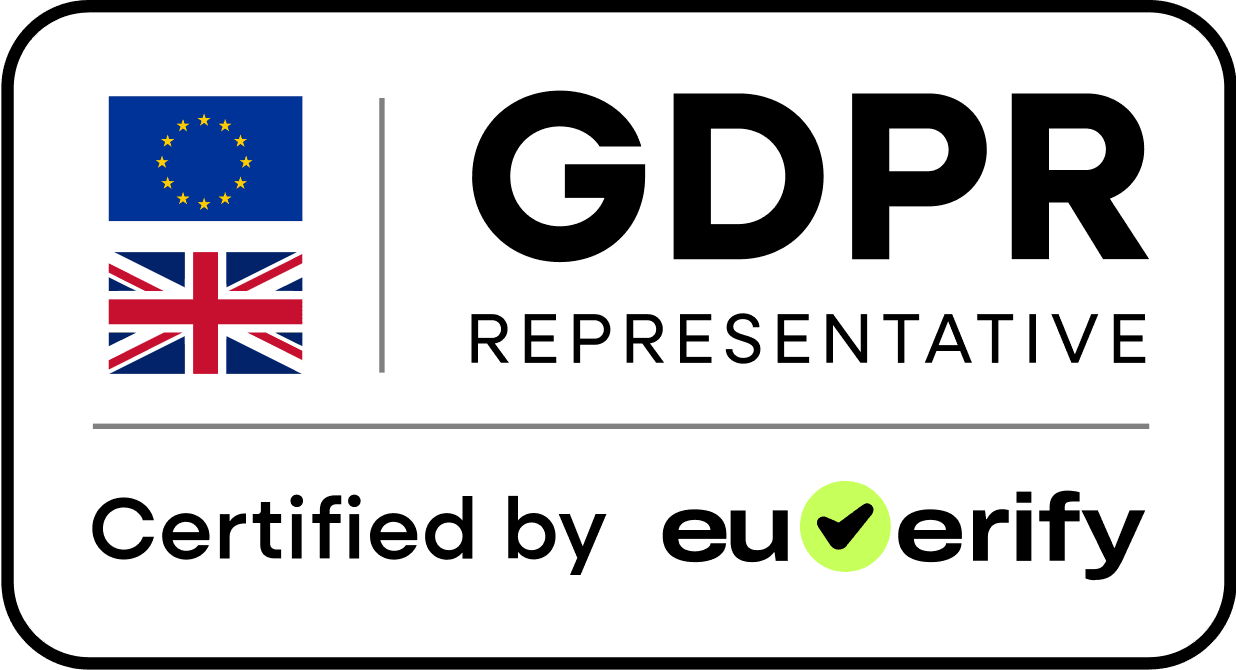ISO9001 Standards form the backbone of the world's most widely used quality management system framework. They outline the requirements that organisations must meet to achieve ISO9001 Certification and demonstrate their ability to consistently deliver products and services that meet customer and regulatory requirements.

This page explains the structure of ISO9001, breaks down the clauses in plain English, and shows how they apply to businesses in Australia and worldwide.
ISO9001:2015 uses the Annex SL high-level structure that aligns with other ISO management standards like ISO14001 and ISO45001.
ISO9001 is built on seven guiding principles that run throughout all clauses and shape practical implementation.
Organisations must understand their internal and external context, identify relevant stakeholders, and define the scope of their quality management system.
Example:
A construction company defines its QMS scope around project delivery and subcontractor management, excluding unrelated divisions.
Leadership involvement is central to ISO9001. Senior management must take accountability for the effectiveness of the QMS.
Example:
A healthcare director signs off on the quality policy, communicates it to staff, and ensures resources are available for compliance.
Organisations must plan to address risks, opportunities, and quality objectives.
Example:
An IT services provider identifies cybersecurity risks affecting service quality and implements preventive measures.
Support requirements cover the resources, people, and infrastructure needed for quality management.
Example:
A manufacturing business trains staff in quality checks and maintains calibrated equipment records.
This clause covers the processes that deliver products and services, including planning, production, and control of outsourced processes.
Example:
A packaging supplier ensures raw materials are inspected, production is monitored, and defective batches are isolated before reaching customers.
Organisations must monitor, measure, and evaluate the performance of their QMS.
Example:
A software company tracks customer support tickets, conducts quarterly audits, and reviews performance in board meetings.
The final clause focuses on continual improvement.
Example:
A cleaning services provider identifies recurring issues with missed site checks and implements a new inspection checklist.
In Australia, ISO9001 Standards are the same as global requirements, but applied in a local accreditation context. Certification bodies must be accredited by JAS-ANZ to issue recognised certificates.
Australian businesses commonly apply ISO9001 in:

Frequently Asked Questions
Do I need to meet every clause in ISO9001?
Yes. Clauses 4–10 all contain requirements that must be addressed to achieve certification. However, how you implement them depends on your organisation's context.
Is ISO9001 prescriptive?
No. ISO9001 tells you what must be achieved, but you decide how to meet the requirements.
Can small businesses meet ISO9001 Standards?
Absolutely. ISO9001 is designed to be scalable. SMEs often implement simpler documentation and processes but still meet all requirements.
Get comprehensive information about ISO9001 certification and implementation.
Learn MoreExplore Related ISO9001 Resources




